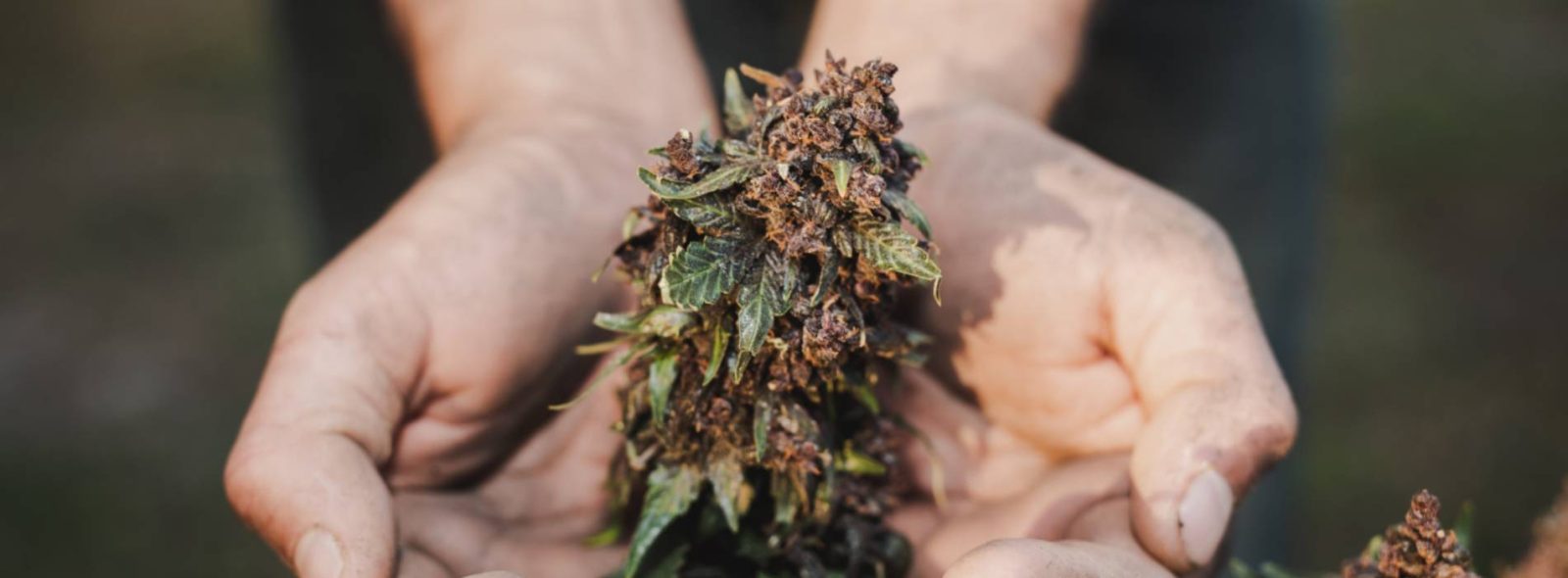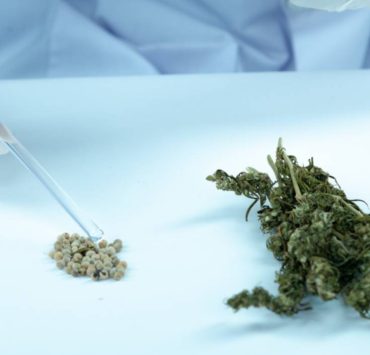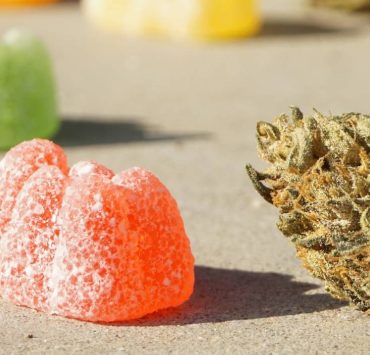Barsha Bhattacharya is a senior content writing executive. As a…
Apart from common terms associated with the cannabis industry, like Sativa, Indica, and cannabinoid, you might have come across a lesser-known word: terpenes. So, what is this ‘terpenes weed?’ These are yet another cannabis compound.
Terpenes play a vital role in the flavor and aroma of any cannabis strain. Moreover, these can work with cannabinoids as well as different cannabis plant compounds in synergy, causing psychoactive effects.
However, research on cannabis terpenes is currently going on to find out exactly how beneficial these are and their future possibilities.
But the question of the hour is: does this get you high? Let’s find out!
So, What Are Terpenes Weed?
So, what are terpenes weed? These are chemical compounds that occur naturally in plants and even in some animals. Now, terpenes are typically responsible for flavors, aroma, and sometimes, even colors with different kinds of vegetation.
In the world of cannabis, these are responsible for making certain marijuana strains taste or smell different from each other. Moreover, businesses also process terpenes to produce different products, such as dyes, pesticides, and cleaning solvents.
In fact, some products even come with therapeutic properties. While almost all plants have terpenes, the most common sources that you are likely to encounter are as follows:
- Citrus fruits.
- Aromatic herbs such as thyme and sage.
- Cannabis.
What Do They Do?
Traditionally, people used to think that terpenes protect plants from predators and harsh weather conditions. But for humans, what they exactly do still continues to be a major mystery.
However, cannabis enthusiasts, consumers, and researchers alike are talking about terpenes to categorize cannabis products. Also, there are tendencies to predict the impact of these products.
For them, the primary hypothesis is the profile of the terpenes – as in the dominant terpenes – of any marijuana strain works well with the cannabinoids. The cannabinoids here include CBD (cannabidiol ), THC (tetrahydrocannabinol ), and other types of cannabinoids.
So, the dominant terpenes of a string work with its cannabinoids to produce effects that consumers relate to different strains.
For instance, this explains why two very different marijuana strains with similar levels of THC end up producing experiences starkly different from one another.
Does Terpenes Weed Gets You High?
So, does terpenes weed get you high? Not in the traditional sense of the word. This is because there are some terpenes that do have psychoactive traits since they tend to impact the brain. But terpenes are not intoxicating, at least on their own.
However, some consumers believe that terpenes might alter the effects of your usual THC. Now, THC is the major cannabinoid that gets you high after cannabis consumption.
Several budtenders and cannabis connoisseurs say that many consumers give too much importance to THC levels when selecting a strain. Instead, they suggest that consumers should put more emphasis on the specific terpene profile for their desired impact.
For instance, Healthline took help from preliminary research to suggest that certain terpenes have potential benefits for different mental health conditions, including bipolar disorder, depression, and anxiety.
How Do Terpenes Compare To THC And CBD?
CBD and THC are only 2 of more than 100 cannabinoids spotted in cannabis. But these are two most popular and abundant cannabinoids – plus, these are well-studied!
Both terpenes and cannabinoids can give you multiple clues about can you expect from any cannabis product. But don’t forget that these two very different compounds.
That being said, they will keep appearing, trying to interact with one another in what most professional experts call the entourage effect.
Moreover, this is basically the whole hypothesis of cannabis. Also, it includes all the terpenes, cannabinoids, and even other cannabis compounds. All of these work together to produce the effects and sensations of cannabis.
Simply put, it is a hypothesis made up of a little of everything. Plus, these might just be more beneficial than a whole lot of any one thing.
According to Healthline, a 2010 study featured a blend of both THC and CBD that proved to be relatively more effective for managing pain as compared to just THC on its own.
Similarly, a 2018 study featured breast cancer tumors responding way better to cannabis extracts as compared to THC alone. However, those synergistic impacts were thought to be primarily attributed to the other compounds, including the cannabinoids, instead of terpenes.
So, this is a vital discovery to think about if you do use CBD for any therapeutic purpose.
For instance, if you are using any CBD isolate that includes only CBD and you are not getting the desired impact, then you can consider using full-spectrum CBD products instead. These full-spectrum products not just contain CBD but also terpenes and some other cannabinoids, including very little THC.
And It’s A Wrap!
Terpenes weed play a crucial role in the flavor and aroma of a cannabis strain. Moreover, they work potentially in synergy with other compounds in cannabis plants and cannabinoids to produce a psychoactive impact.
However, research on over 400 terpenes in plants is still going on. As a result, it is difficult to make any factual and definitive claims about these.
Also, it is vital to note that, apart from terpenes and cannabinoids, your past experience with cannabis, your setting, and your physiology can also have an impact on your ‘high.’ Terpenes are only one part of the equation. But nonetheless, these offer an exciting opportunity to play around with various products and determine what works best for you.
Additional Reading:
Barsha Bhattacharya is a senior content writing executive. As a marketing enthusiast and professional for the past 4 years, writing is new to Barsha. And she is loving every bit of it. Her niches are marketing, lifestyle, wellness, travel and entertainment. Apart from writing, Barsha loves to travel, binge-watch, research conspiracy theories, Instagram and overthink.







